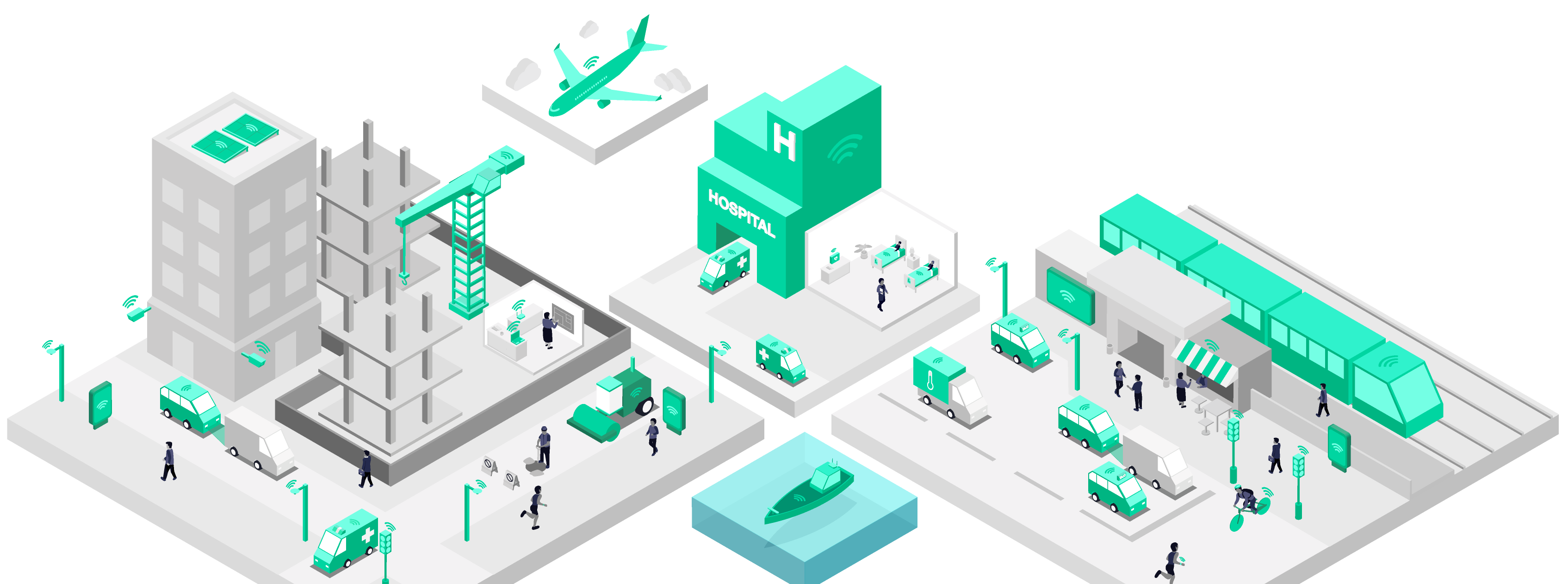Creating a 5G world-first
Enhanced video compression and data transfer capabilities over 5G URLLC
The tech will take advantage of the low latency, ultra reliable connectivity (also known as URLLC) 5G offers, meaning it will enable some seriously powerful IoT applications—particularly within critical emergency services where every second counts:

5G URLLC in healthcare

5G URLLC in policing

5G URLLC in fire services
What is 5G URLLC?
It’s one of the three game-changing use cases 5G is set to support, alongside enhanced mobile broadband and massive machine type communication.
Applications that’ll take advantage of URLLC will depend on 5G’s ability to transmit large amounts of data with delays of less than 1ms, making it perfect for situations where even a millisecond delay could be disastrous, like autonomous vehicles or remote surgeries.
Here’s why URLLC makes all the difference in our 5G project:
Reliability
And in an ambulance that’s looking to stream video back to the hospital, passing through blackspots—or even just moving at high speed—could interrupt vital information and communication streams.
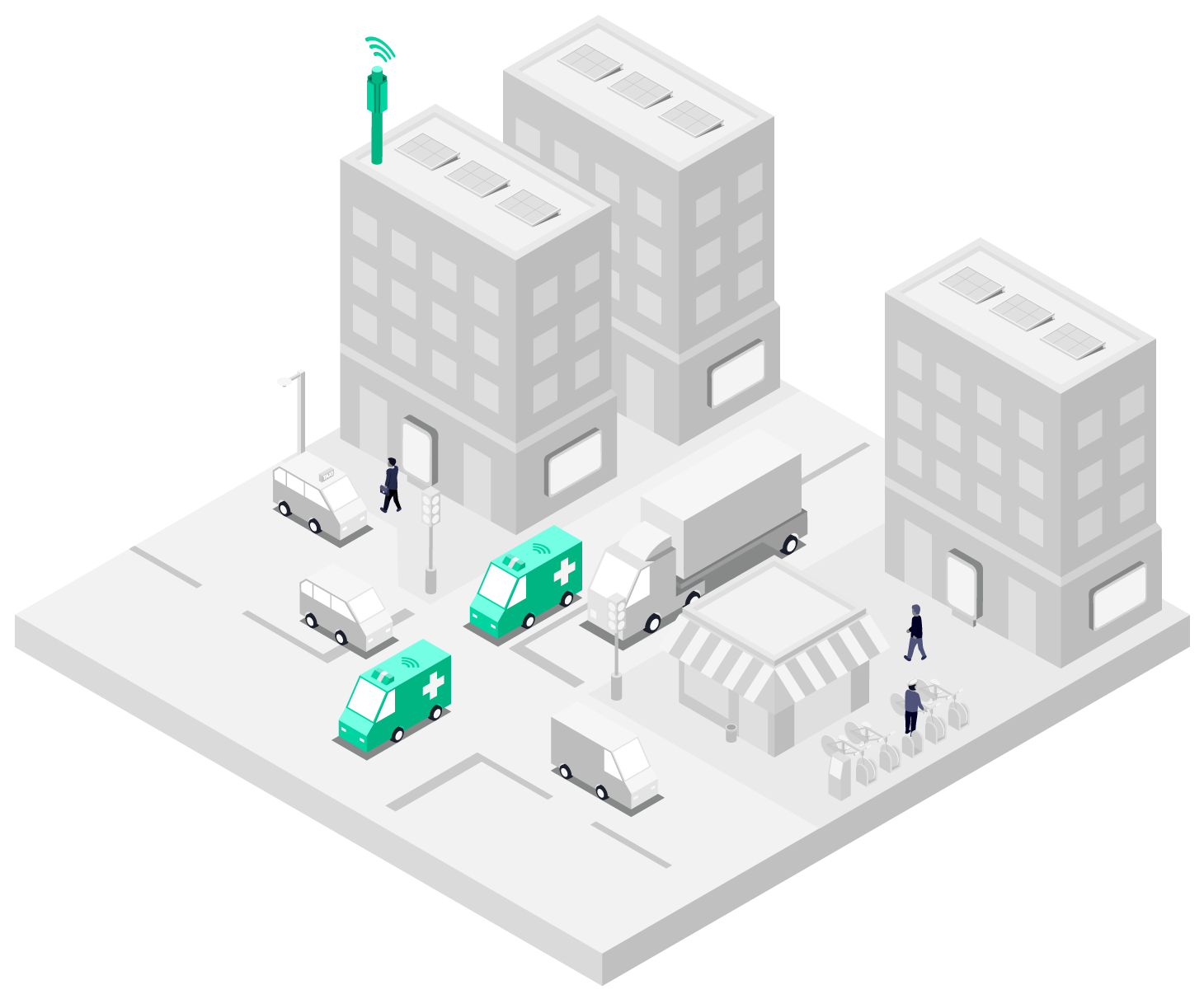
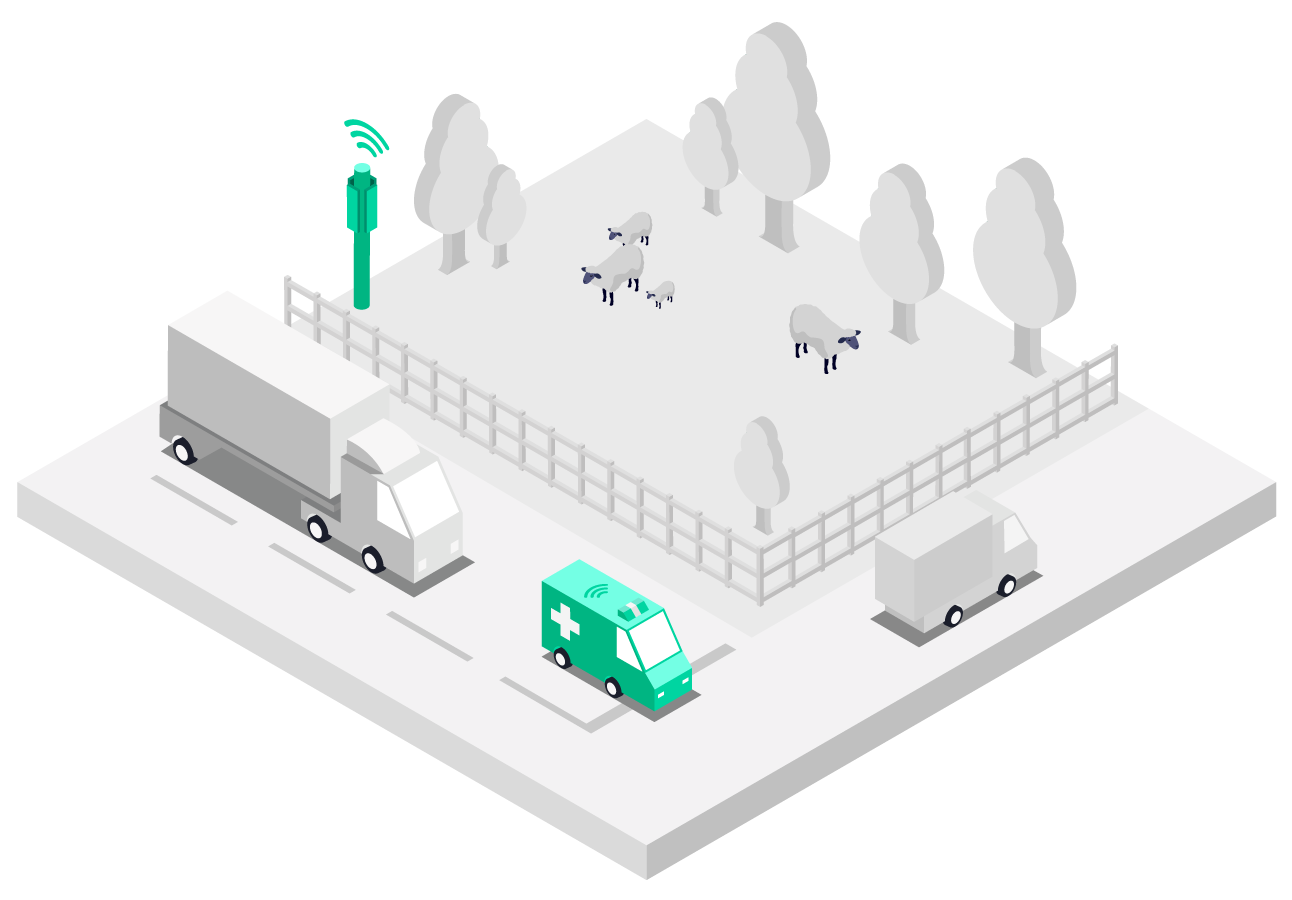
Low latency
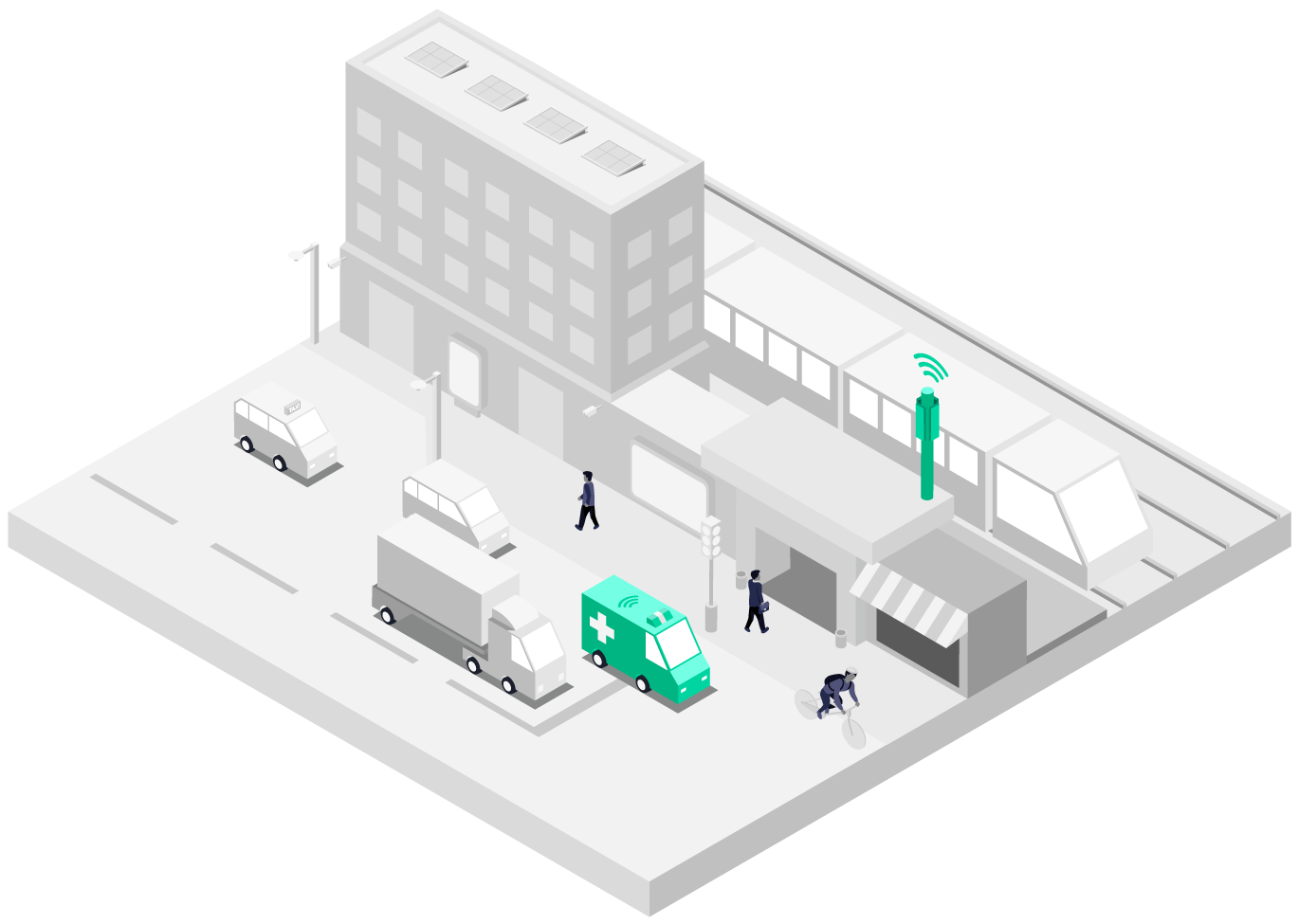
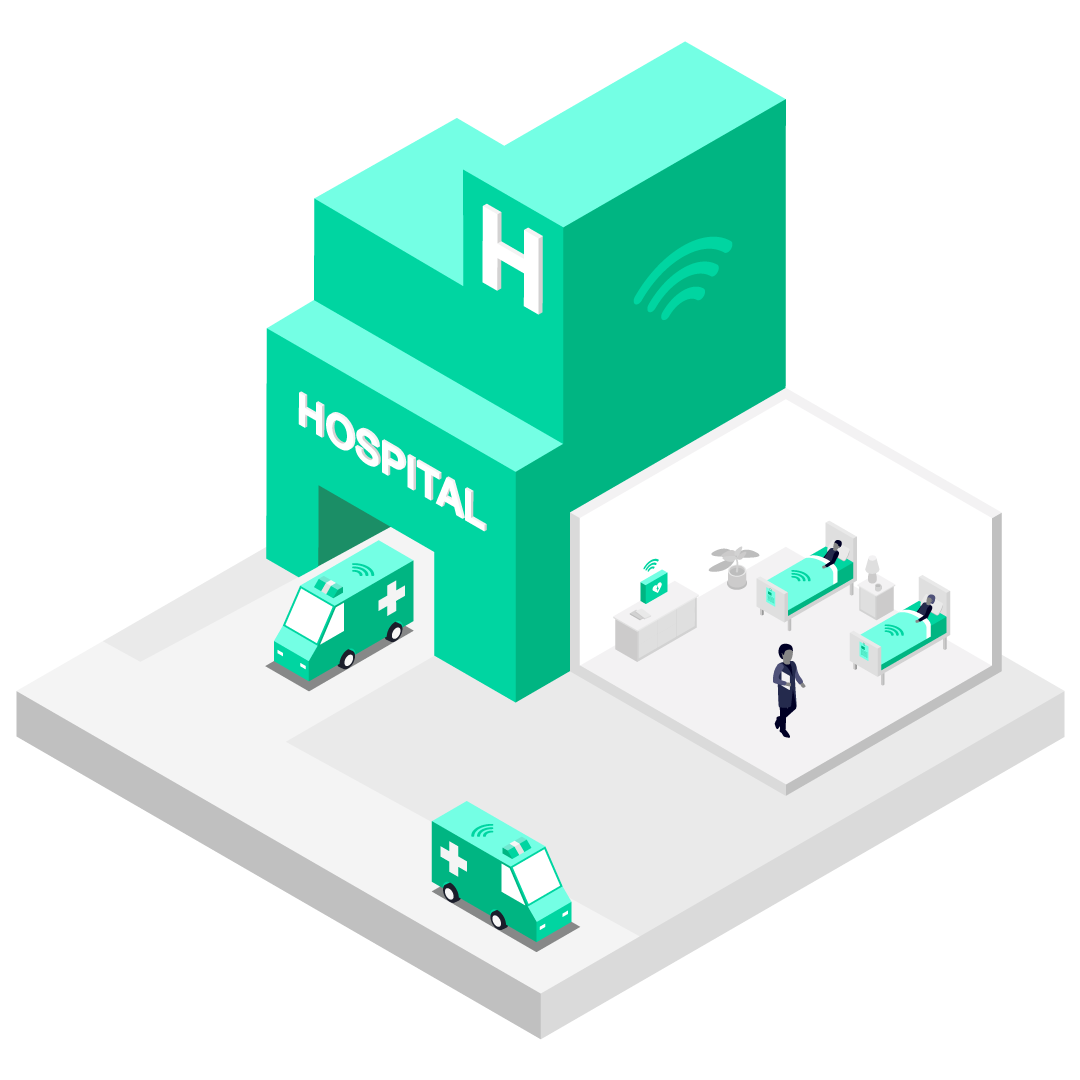
5G promises 1ms of latency, which is 10 times less than that of 4G—meaning transmissions are close to instant.
The man behind the scenes

Introducing
Dr. Arslan Usman
Liaising with both Kingston University’s research body and our London team, he’s conducting the in-depth research for our 5G Project, which we’ll use to establish a business case for roll out to our partners.
Learn more about Arslan here.
Learn more about our 5G expert
Our 5G URLLC project milestones
.

Be the first to get updates on our 5G IoT products and connectivity services
Learn more about our 5G URLLC project
